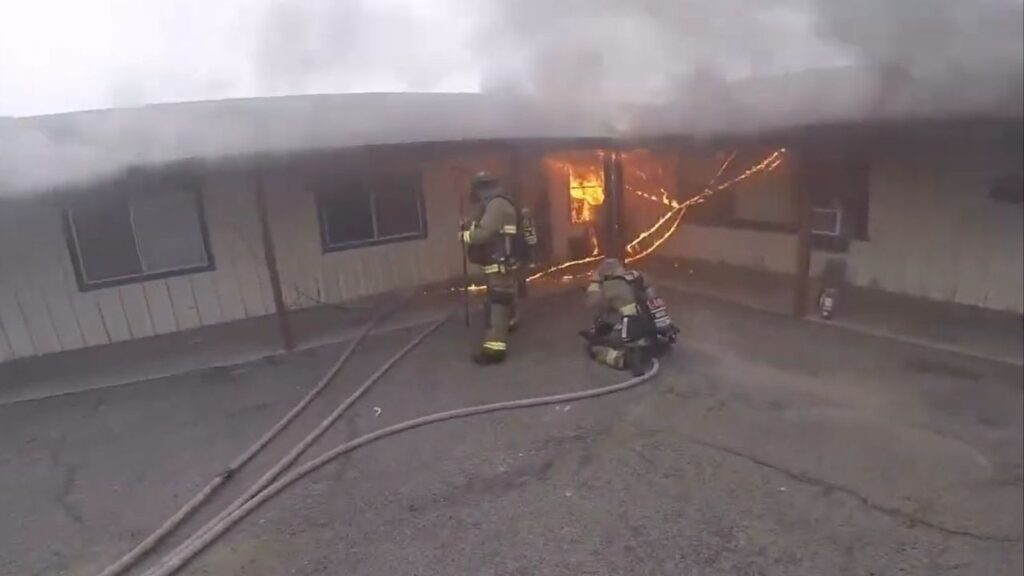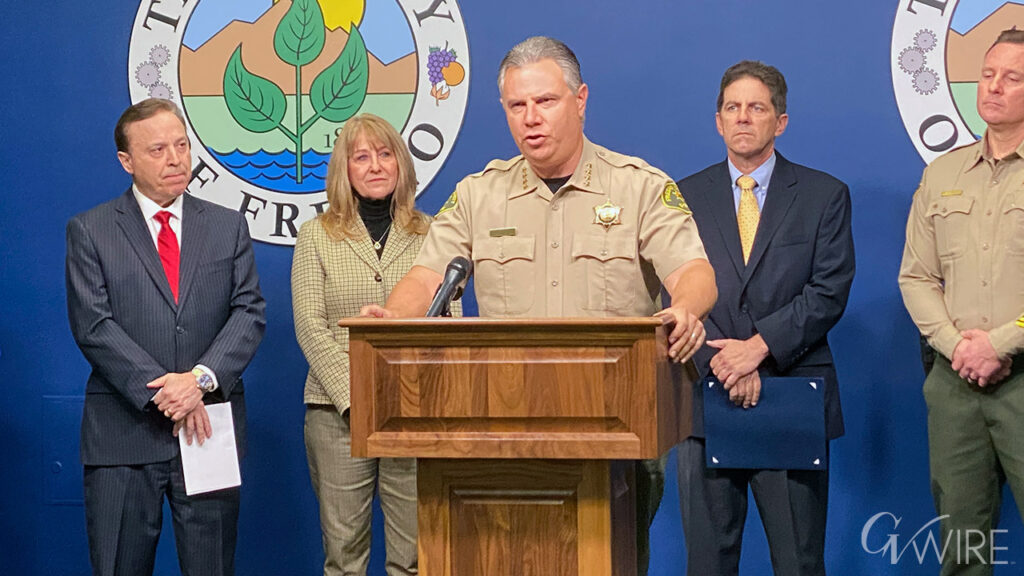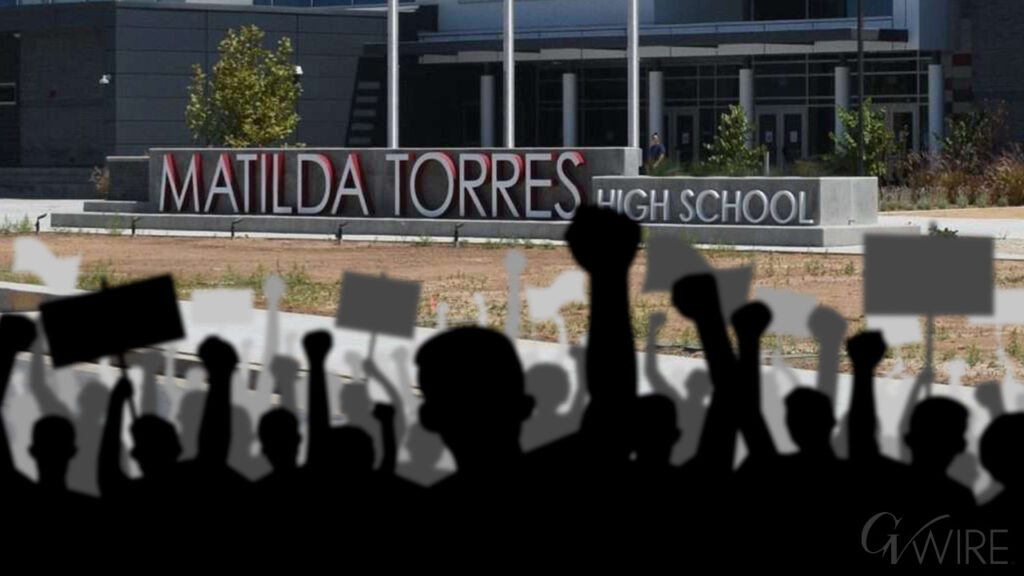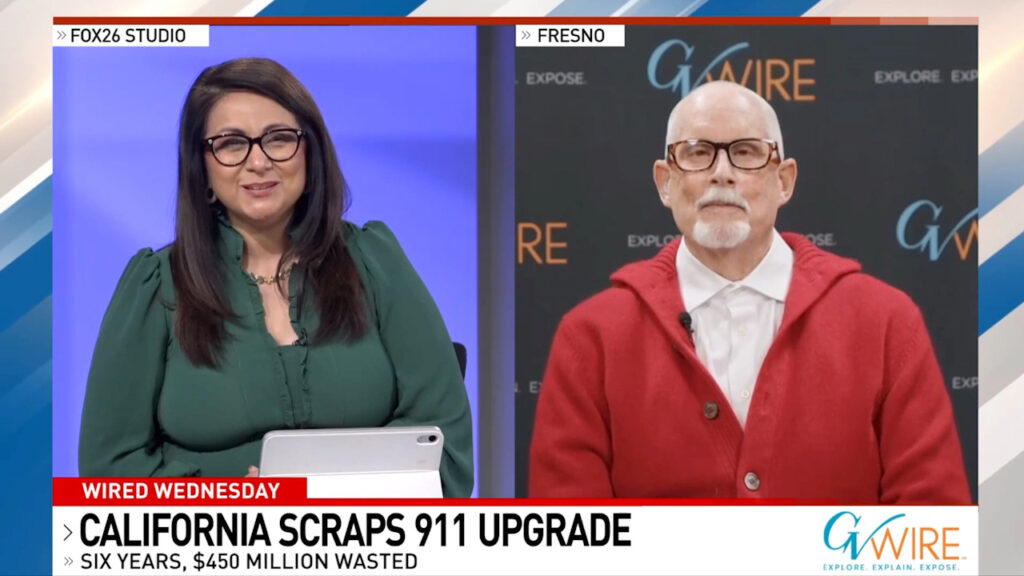Share
|
Getting your Trinity Audio player ready...
|
In June 2022, the United States Supreme Court ushered in a new era of gun regulation when it struck down New York’s century-old concealed carry law. The New York State Rifle & Pistol Association, Inc. v. Bruen decision paved the way for the right to carry a concealed firearm in public to become the law of the land.
Samuel Cai
Zócalo Public Square
Opinion
Debates around right-to-carry pit the argument that a “good guy with a gun” can prevent crimes against concerns about an increased threat of gun violence, with research generally supporting the latter. Many policymakers have framed right-to-carry’s danger around the threat posed by individuals carrying their own weapons into public spaces.
But new research I co-authored with John Donohue and Matthew Bondy of Stanford Law School and Phil Cook of Duke University found that while right-to-carry may indeed increase violent crime by 20% in large cities, it’s in fact dangerous because it reduces police effectiveness and increases in firearm thefts.
In 1979, nearly all U.S. states either prohibited the concealed carry of firearms, or required anyone who wished to carry a concealed firearm to be evaluated before obtaining a license, which enabled states to screen out individuals who had no specific need for the permit. But by 2000, over half of the states had passed so-called “shall-issue” laws, which mandate that authorities grant a concealed-carry permit to virtually any individual who applies. By the time Bruen arrived before the Supreme Court last year, only six states, one of which was New York, did not have a near-universal right-to-carry system in place.
Our research began by conducting a review of state statutes and media coverage to determine what year each state adopted right-to-carry. Then, we obtained police agency reports on various crime statistics, which we used to compare crime trends in cities that adopted right-to-carry to those in cities that never did. (We also accounted for other city characteristics researchers find to be correlated with crime, such as the percentage of people who are in poverty or are between 18 and 24 years old.)
Like most researchers, we found that right-to-carry increases violent crime, especially in large cities. But our findings were novel because they probed the mechanisms behind this increase. It wasn’t simply a matter of people with right-to-carry permits committing more violent crimes. Rather, we identified two particular causes of increased crime: declines in police effectiveness and increases in gun thefts.
To investigate right-to-carry’s impact on police effectiveness, we studied the police “clearance” of violent crimes—the number of violent crimes that police were able to identify a perpetrator for. We found that right-to-carry caused a 10% total reduction in police clearance in the U.S. cities where it was adopted. Nationwide — using the FBI’s 2019 estimate that 1 million violent crimes take place annually in the U.S., of which about half are cleared by police — this could add up to an extra 50,000 crimes going unsolved every year.
There are a number of reasons for this decline in police effectiveness. As my co-author John Donohue has outlined in previous work, the most straightforward is that right-to-carry takes a toll on police time and resources, whether because of the need to investigate accidental shootings or simply to process permits. Additionally, in contrast to the logic of the “good guy with a gun,” the intervention of bystanders with firearms during crimes — particularly those who are not well trained in firearms safety — can make it more difficult for police to catch criminals.
Another concerning possibility is that right-to-carry makes police more fearful of the people in their community. In some cases, this could cause police officers to shy away from investigating suspicious behavior; in others, it could make officers more likely to escalate their use of force.
The other key way that right-to-carry increases violent crime is by creating more opportunities for firearm theft, inadvertently causing permit-holding gun owners to provide firearms to criminals. Reports from police agencies suggest that firearm theft, particularly from motor vehicles, is a large and growing problem across the country. And, a 2017 survey from Harvard University estimated that there are 400,000 firearm thefts in the U.S. every year — more stolen guns than are even in civilian hands in Ireland or Japan. We found that right-to-carry may increase gun theft by a staggering 50% in large cities.
Much of the public attention on right-to-carry has been focused on the deliberate actions of permit-holding gun owners: whether they commit many crimes, and whether they stop many crimes from being committed. In fact, they do neither. Instead, as our research shows, the unintentional actions of concealed carry permit holders may be fueling violent crime by providing a flow of firearms ripe for theft and weakening law enforcement’s ability to apprehend criminals. Beyond the “good guy with a gun” versus “bad guy with a gun” narrative, the “good guys” can unwittingly end up helping the “bad guys.”
The Bruen Supreme Court decision has cemented what has become increasingly clear for the past few decades: at least in the short term, guns are here to stay in America. Now, it’s up to lawmakers across the country to enact pragmatic policies to curb the worst public safety impacts of a permissive gun-carrying culture.
Teaching responsible gun ownership may be the most feasible reform that goes the furthest to promote public safety. Research suggests that making firearm safety training a requirement of receiving a concealed carry permit has been effective at ameliorating some of the rise in violent crime.
While there is no conclusive explanation for why these trainings reduce crime, it is quite plausible that gun-carriers who undergo training are more careful with how they store and use their firearms, resulting in fewer firearm thefts and accidental discharges.
Safety training is no panacea to gun violence. But if the “good guys with guns” know how to safely store firearms and when to fire them, they have the best chance of promoting public safety.
About the Author
Samuel Cai is a JD candidate at Yale Law School and a former research fellow at Stanford Law School. He wrote this for Zócalo Public Square.
RELATED TOPICS:
Categories
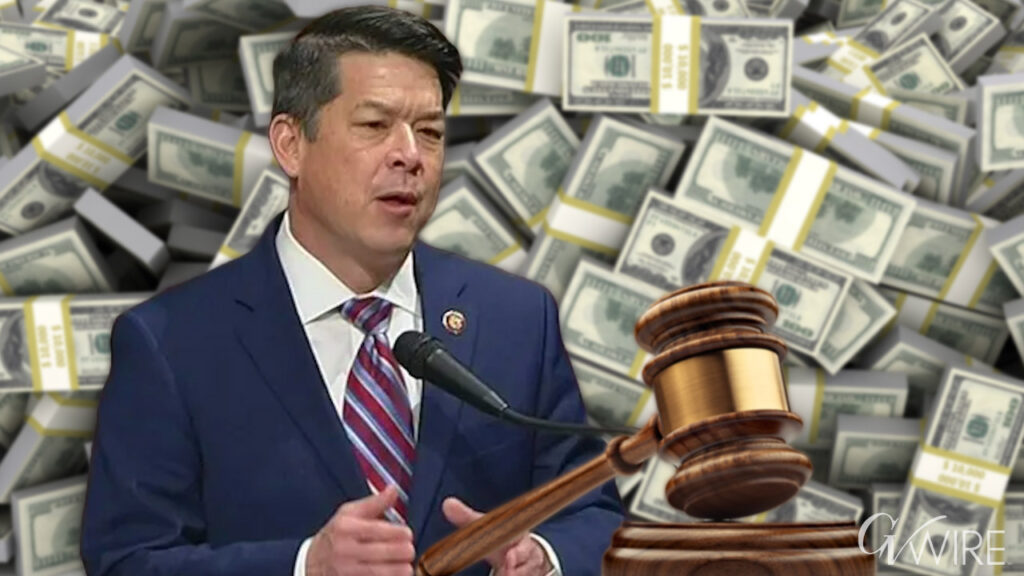
Prosecutors Say TJ Cox Put Himself First as Sentencing Nears
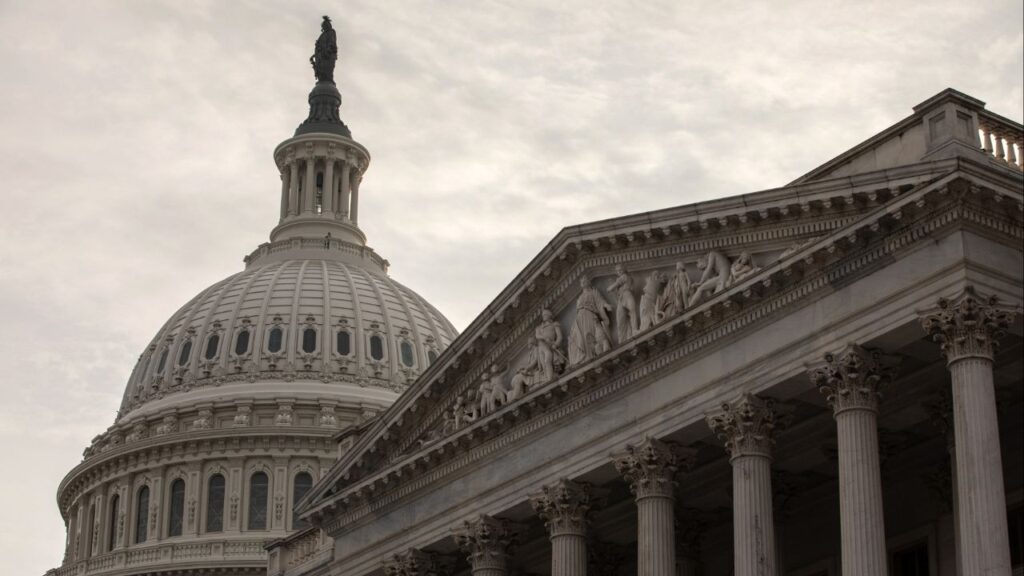
US Senate To Hold Vote Thursday on Republican Healthcare Plan







